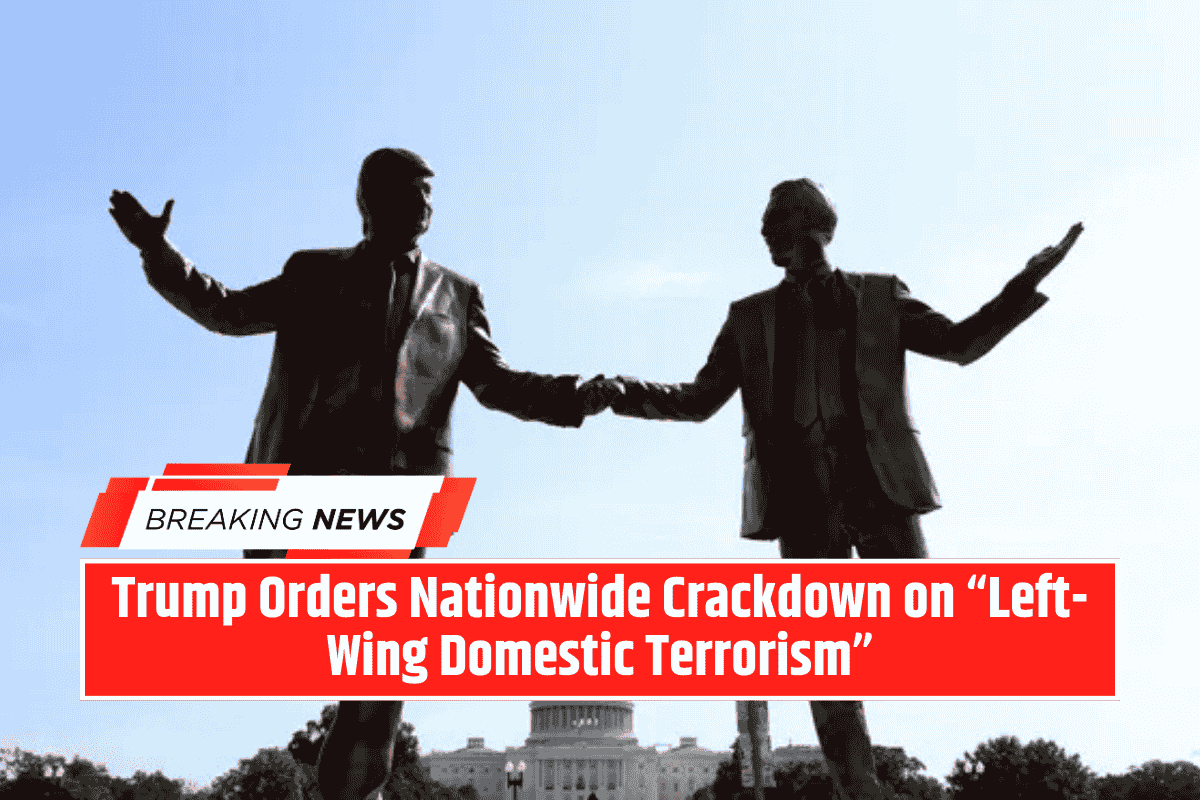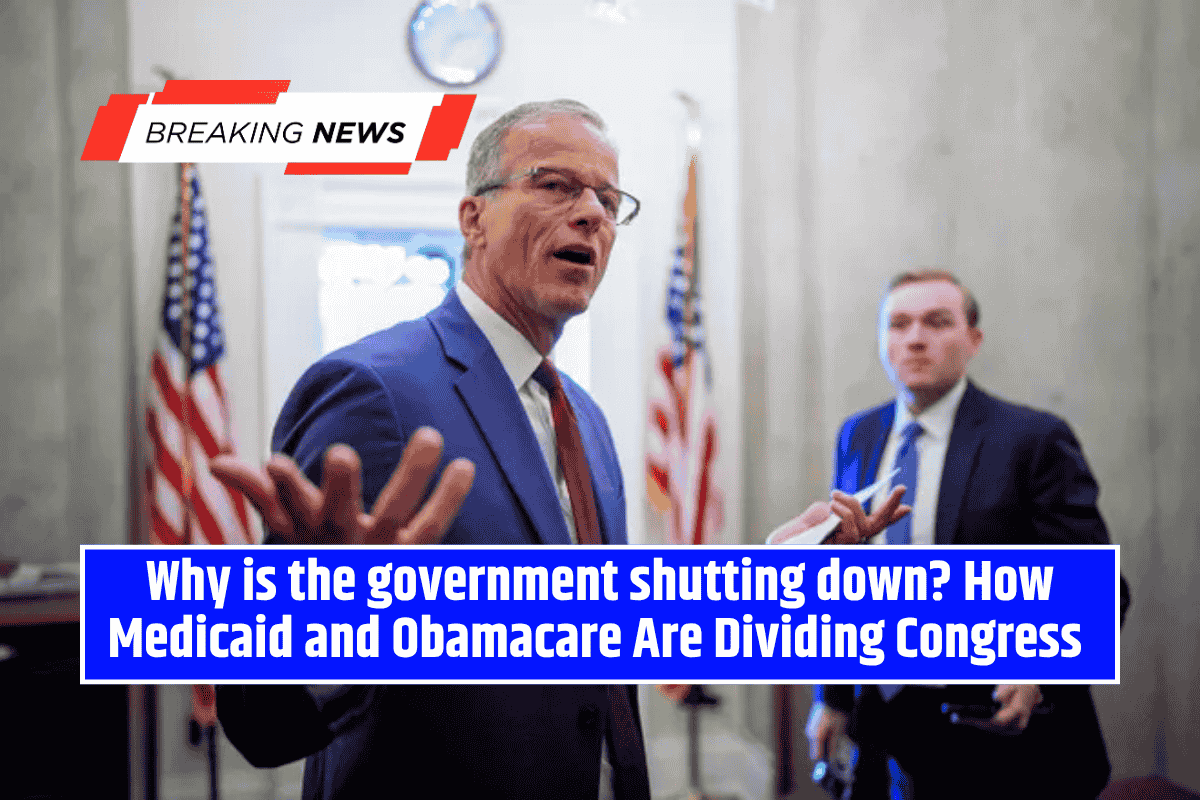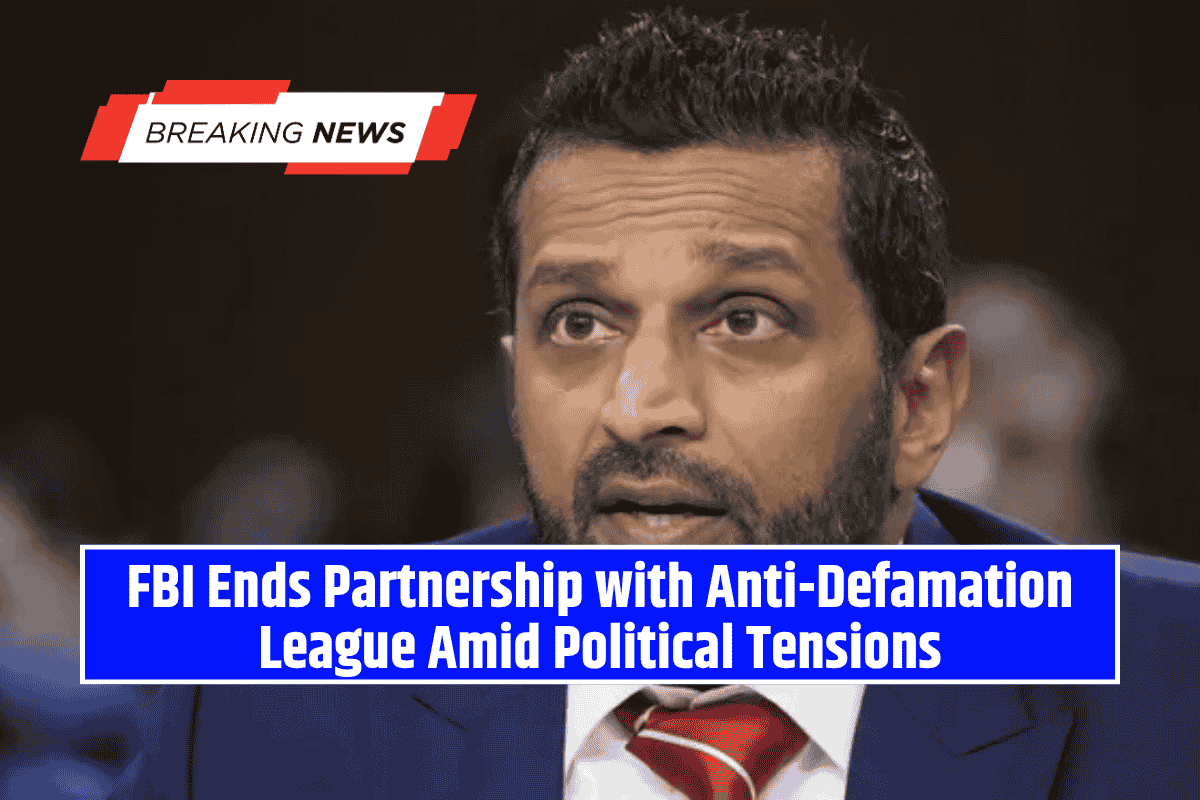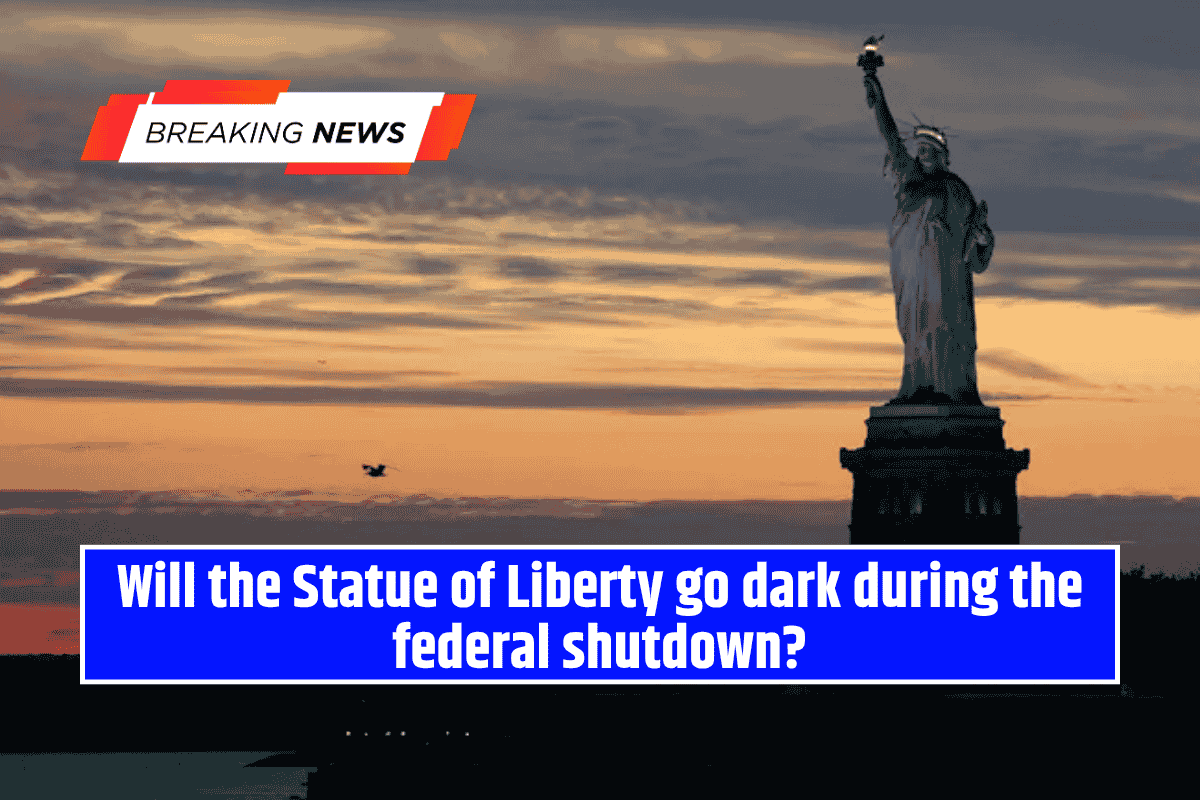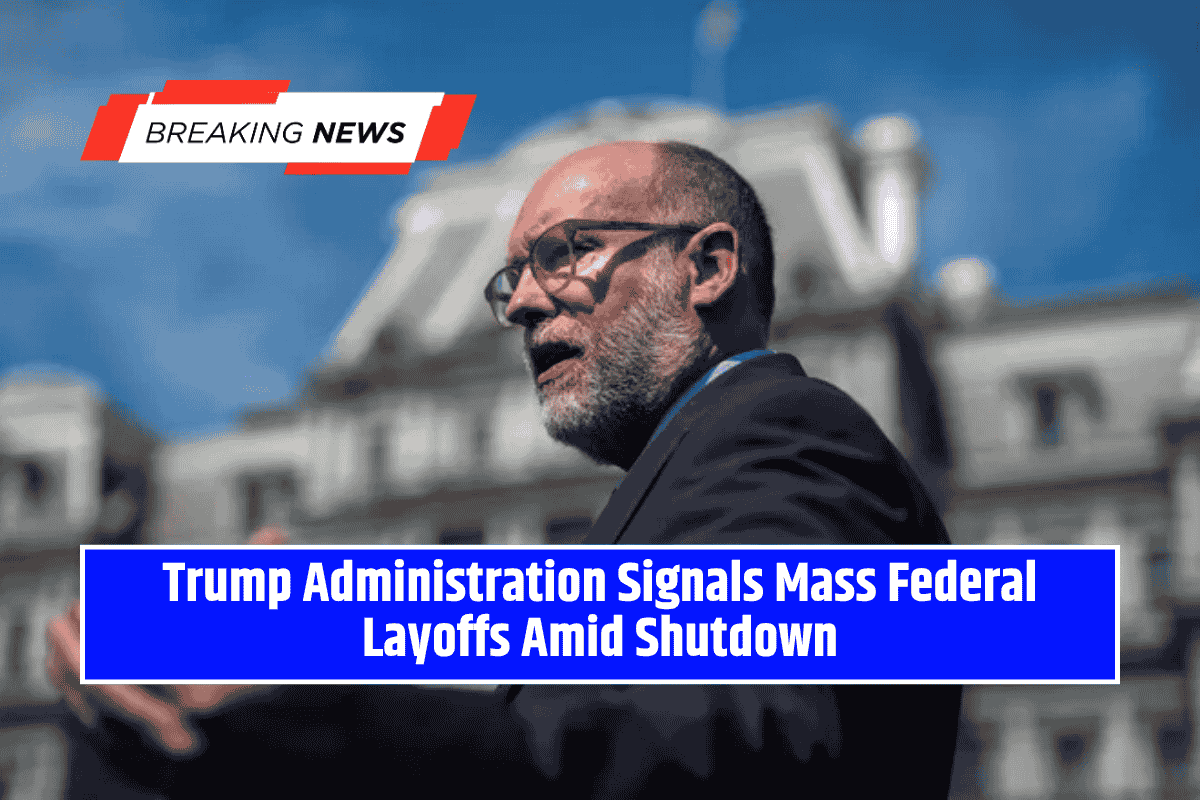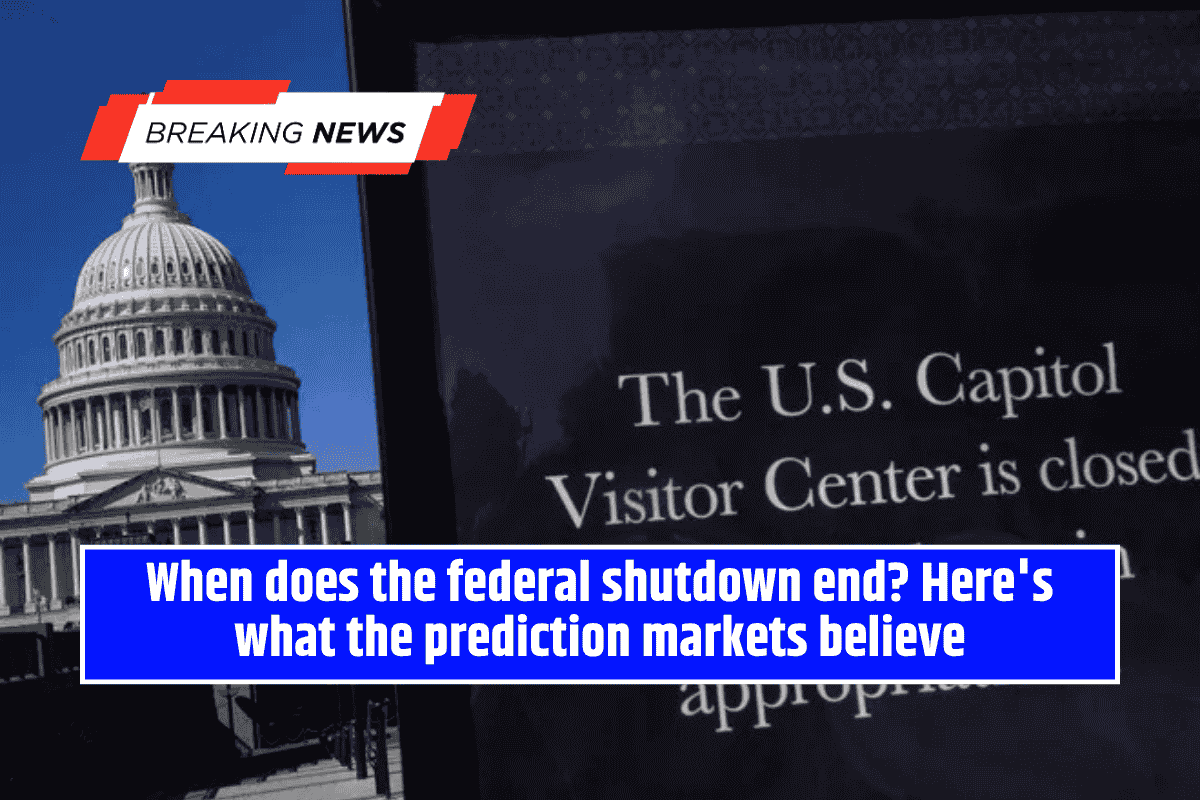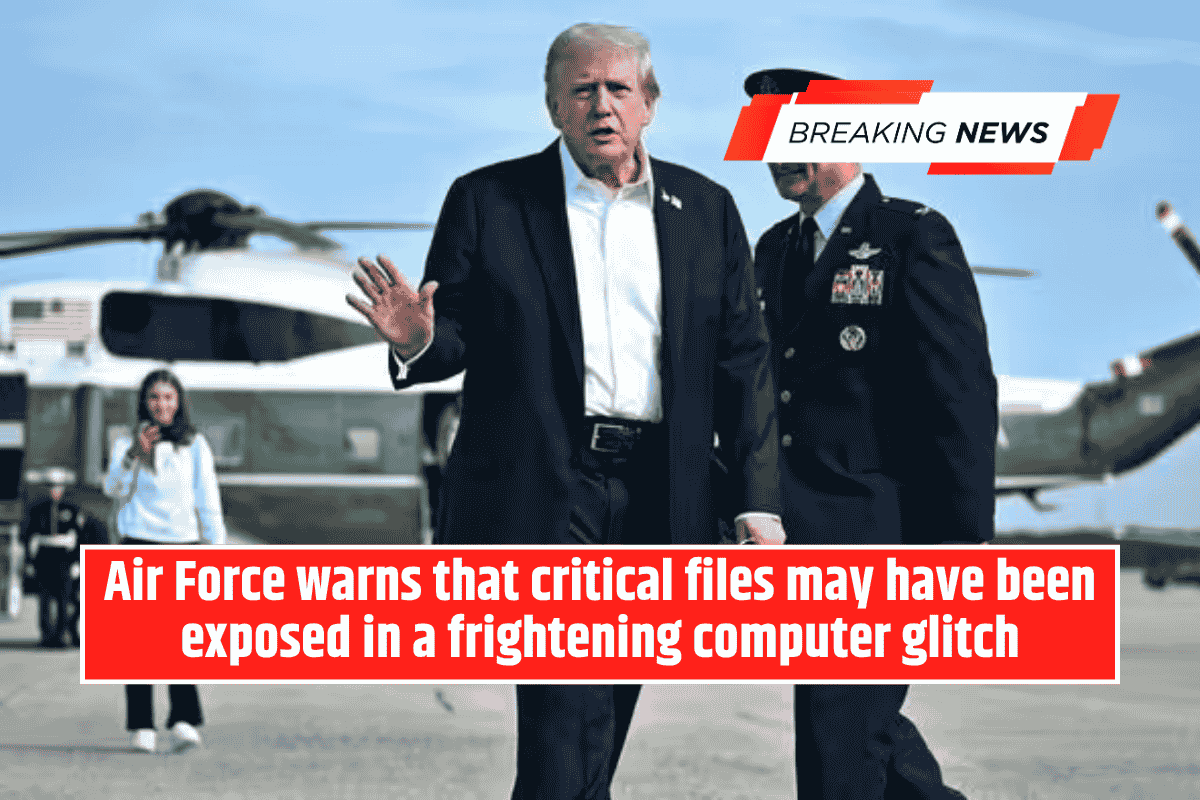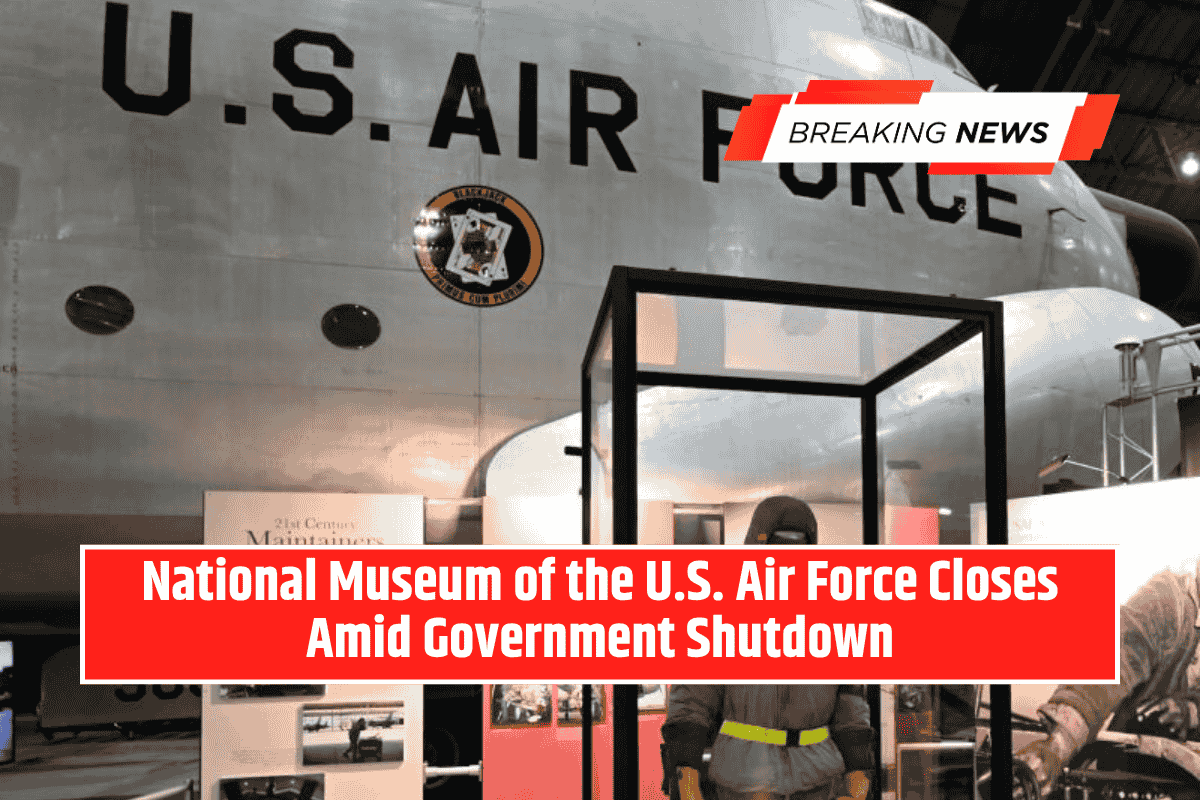On Sept. 25, 2025, President Donald Trump signed a memorandum directing federal law enforcement agencies to launch an “all-of-government effort” to investigate and prosecute what he called left-wing domestic terrorism and organized political violence.
The directive tasks the National Joint Terrorism Task Force, led by the FBI, with coordinating investigations into individuals, organizations, and their financial backers.
It also instructs Attorney General Pam Bondi to compile a list of groups to be formally classified as domestic terrorist organizations.
Key Figures Speak Out
- Stephen Miller, White House Deputy Chief of Staff, called the move “the first time in American history that there is an all-of-government effort to dismantle left-wing terrorism.”
- FBI Director Kash Patel pledged to “follow the money” and pursue funders of targeted groups, saying: “We are properly going to chase them down like the domestic terrorists that they are.”
The Treasury Department, IRS, and other agencies will join in financial probes, raising concerns about the scope of government surveillance.
Donors and Civil Society in the Crosshairs
Trump specifically named billionaire philanthropists George Soros and Reid Hoffman as potential targets, saying: “If they are funding these things, they’re going to have some problems.”
The Open Society Foundations, founded by Soros, rejected the accusations:
“These accusations are politically motivated attacks on civil society … meant to silence speech the administration disagrees with and undermine the First Amendment.”
Context: Escalating Political Violence
The order follows a series of violent incidents, including the assassination of conservative activist Charlie Kirk and a shooting at a Dallas ICE facility. Authorities said the suspect in Kirk’s killing espoused leftist views, though no organizational ties were confirmed.
Despite this, critics note Trump and allies have largely ignored right-wing violence, such as the June murder of Minnesota State Rep. Melissa Hortman, the attack on Paul Pelosi, and the Jan. 6, 2021 Capitol riot.
A Cato Institute study highlighted the imbalance: excluding 9/11, 61% of politically motivated killings since 1975 were carried out by the political right, compared to 11% by the left.
Critics Warn of Abuse of Power
The memorandum has drawn sharp criticism from civil rights groups and political opponents, who argue it weaponizes federal law enforcement against dissent.
By directing investigations not only at violent actors but also at funders, officers, and employees of political organizations, critics say Trump’s order risks sweeping in mainstream civil society groups and undermining constitutional protections of speech and association.
Broader Strategy Against Political Opponents
The move comes days after Trump’s Justice Department secured an indictment of former FBI Director James Comey, long a political foe.
Trump has also urged charges against Rep. Adam Schiff and New York Attorney General Letitia James, underscoring concerns that federal power is being used to punish critics.
Looking Ahead
The memorandum represents a significant expansion of the federal government’s counterterrorism mission into domestic political space.
While supporters frame it as a necessary defense against violence, opponents warn it sets a dangerous precedent of labeling political opposition as terrorism—a step that could have profound consequences for American democracy.
